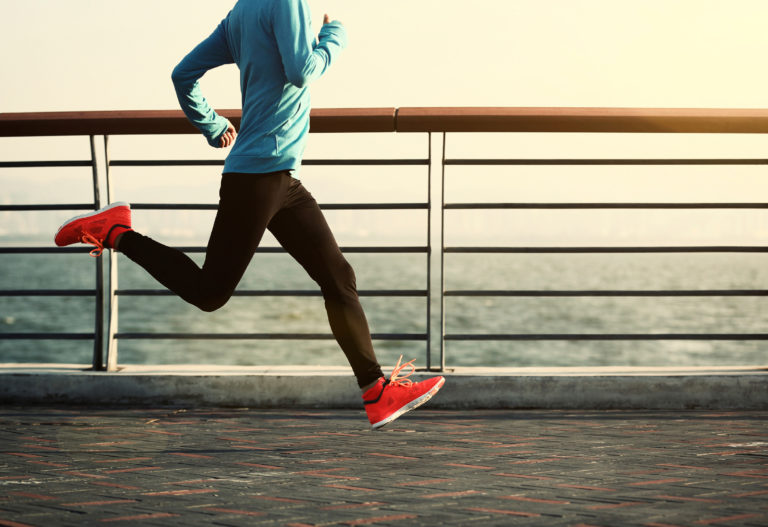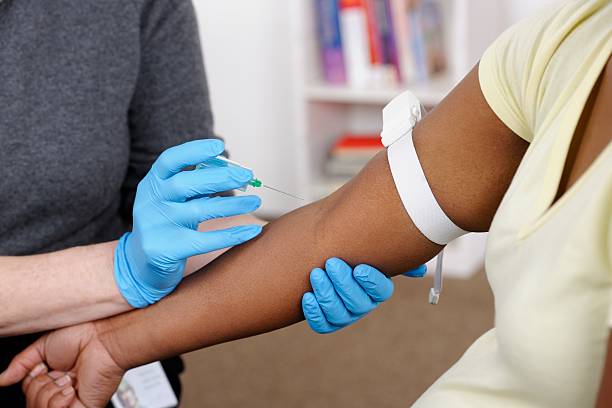With the Sydney Running Festival happening this weekend (September 17th, 2017) and with Summer just around the corner, people all over Sydney have started to emerge from their Winter hibernation and will either be getting fit or, potentially injured this Spring.
Running has many health benefits and because of this is one of the most popular fitness activities worldwide. However, getting fit for Summer might lead to an unwanted lower limb injury if pain is ignored, which can create more harm than good to our much wanted beach bods.
The most common injuries which occur from running include: Blisters, Plantar Fasciitis, Runner’s knee (IlioTibial Band Friction Syndrome) and Shin Splints- all of which require the correct diagnosis to ensure that rehabilitation is done correctly and that time off the concrete is limited.
Medical Imaging is an extremely useful tool in the diagnosis of lower limb injuries.
X-rays should be first in line for diagnosing athletic injuries. It is inexpensive, safe, and readily available. The foot and ankle are complicated structures, and an x-ray is often used to assess anatomical abnormalities that may be an issue for someone who has just started their fitness regime.
- Bone Scans
A bone scan is a test that detects areas of increased or decreased bone metabolism and because of this, will most certainly show a stress fracture and other metabolic causes of pain at its earliest stage. This is important as it can catch a potentially major injury early and will mean that recovery will be quicker and less stressful.
- MRI
Magnetic Resonance Imaging uses magnetic waves to visualise structures of the body and is very precise when it comes to diagnosing soft tissue injuries which may be caused from running. Tendons, joint structures, nerves, and blood vessels can all be seen easily and distinctly. MRI is often used to diagnose and grade potential ligament tears in the knees and ankles
- Ultrasound
Ultrasonography uses sound waves to study soft tissue structures of the body. Because it is radiation free it is the preferred imaging modality by many. Ultrasound can also be used to visualise structures dynamically which is useful when diagnosing potential lower limb injuries. Injuries to the muscle, tendon, ligament, bursa and cartilage can be accurately diagnosed through ultrasound.
#blackmores #sydneyrunningfestival #runPost navigation



